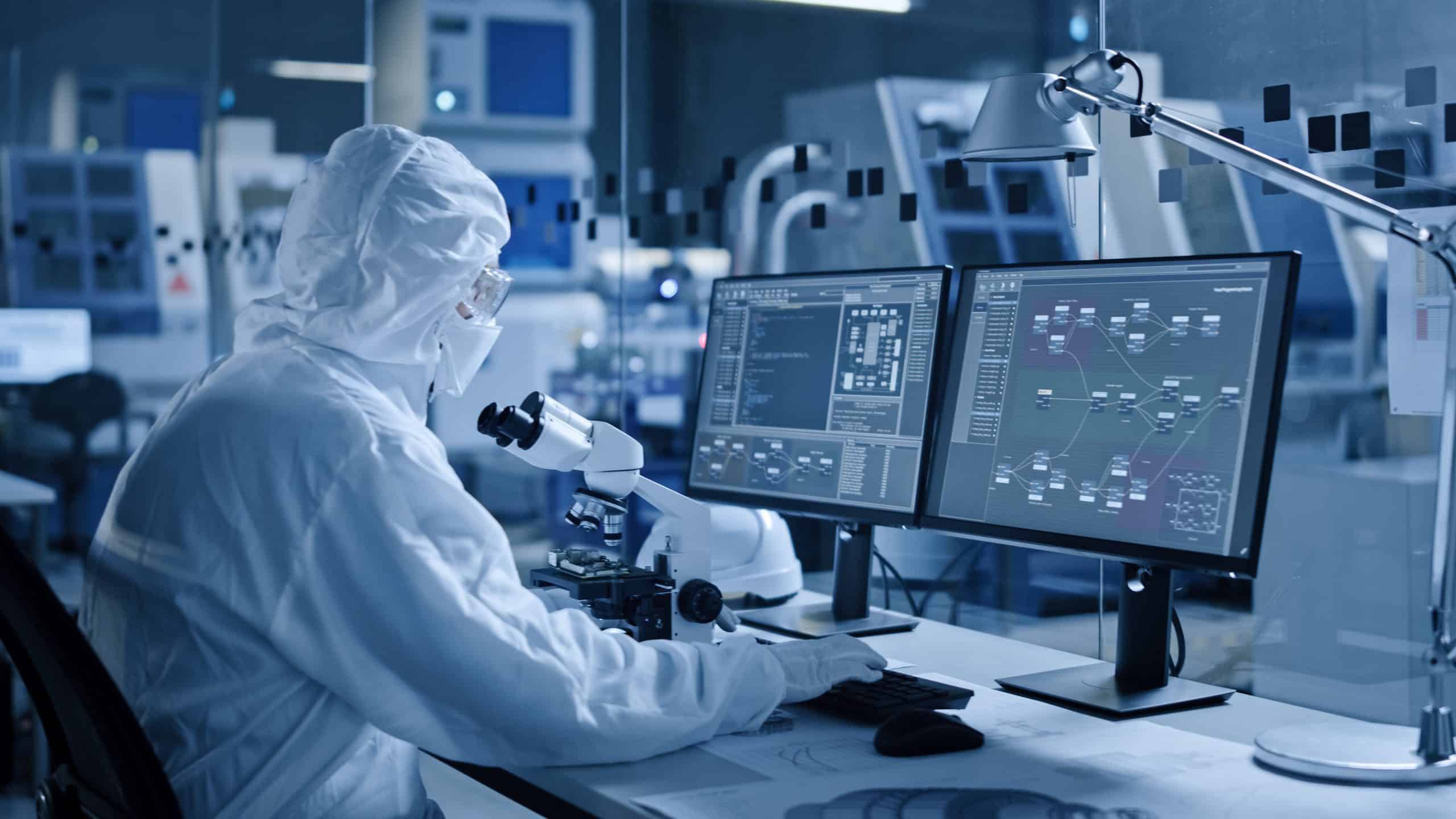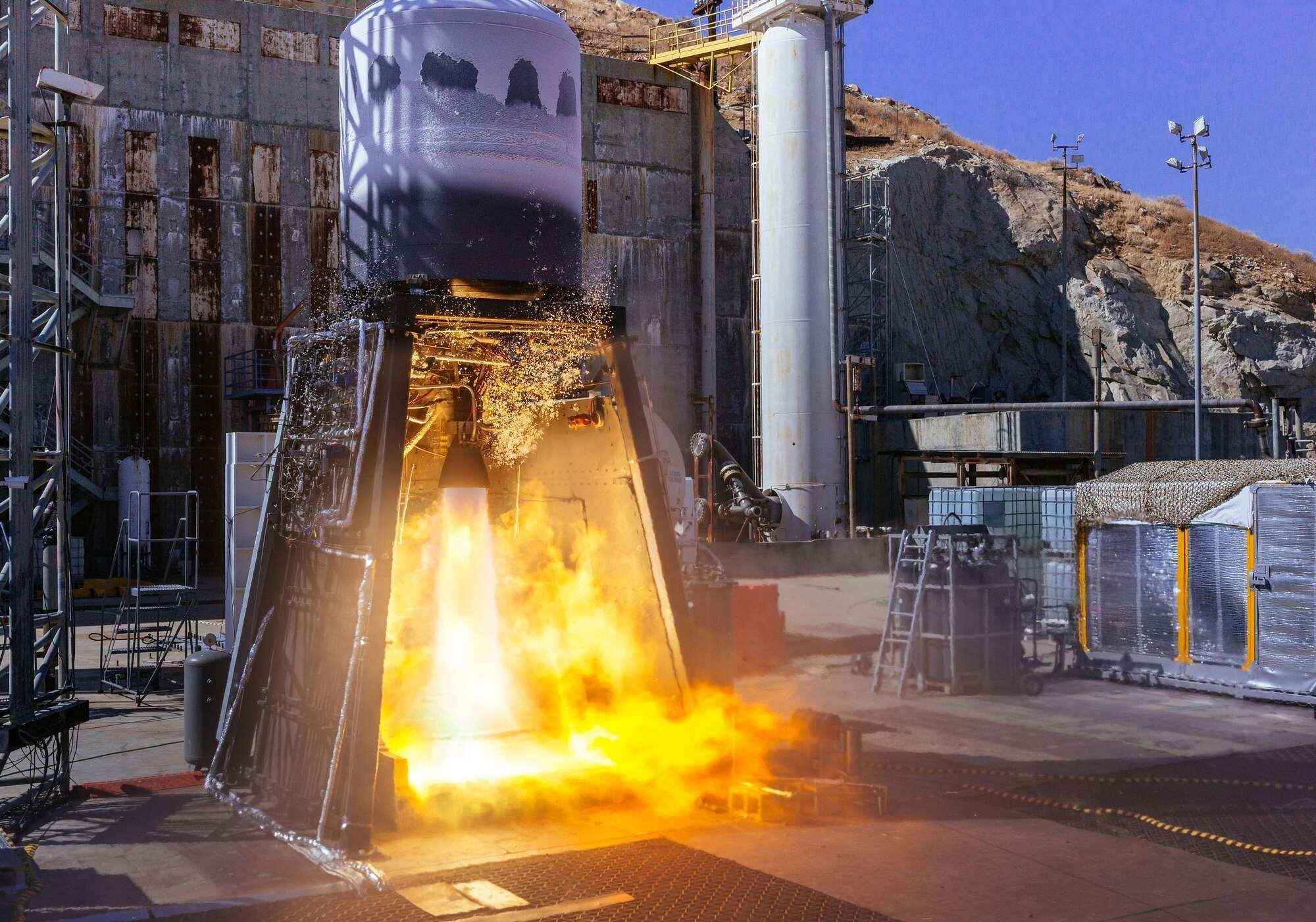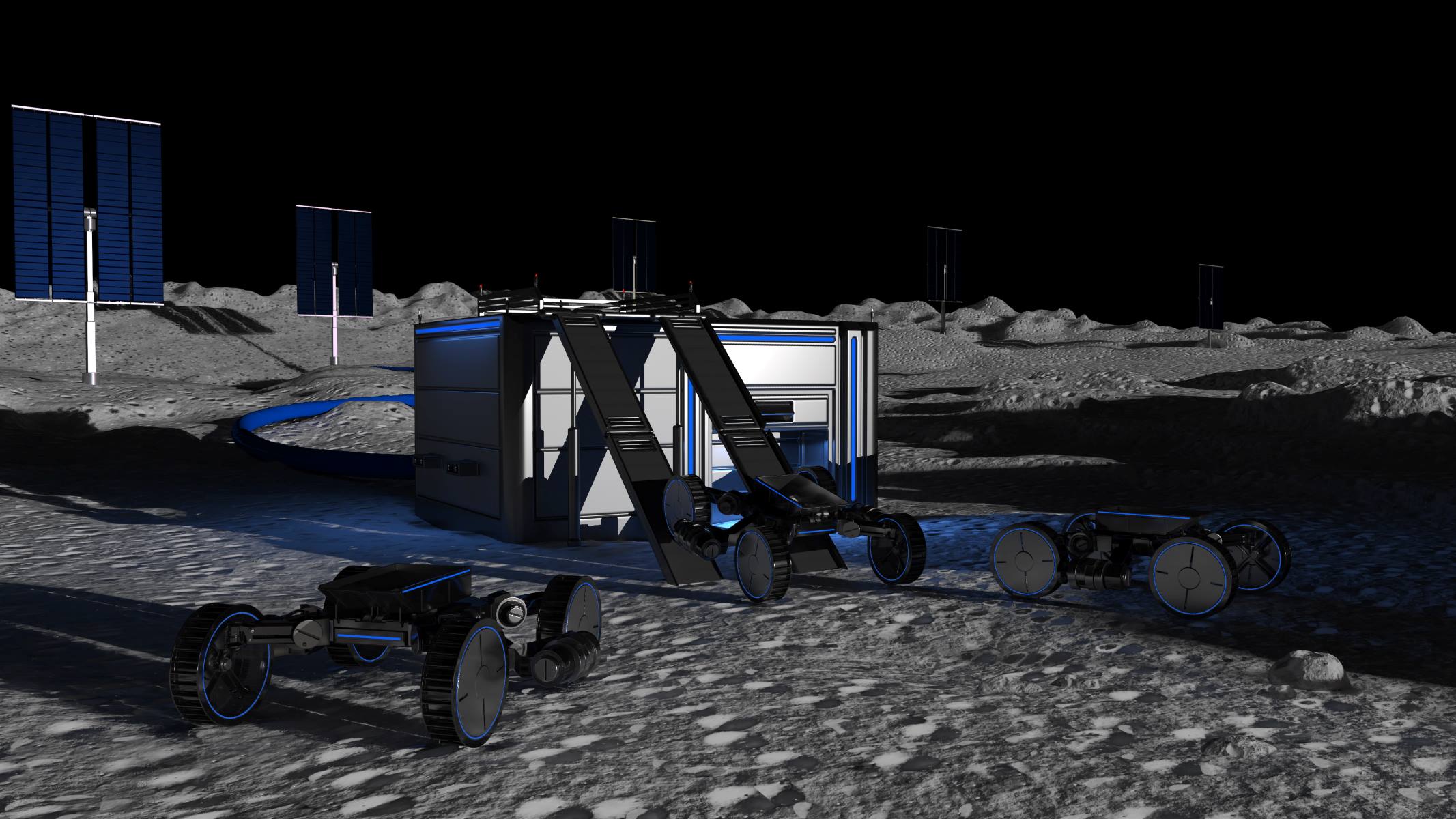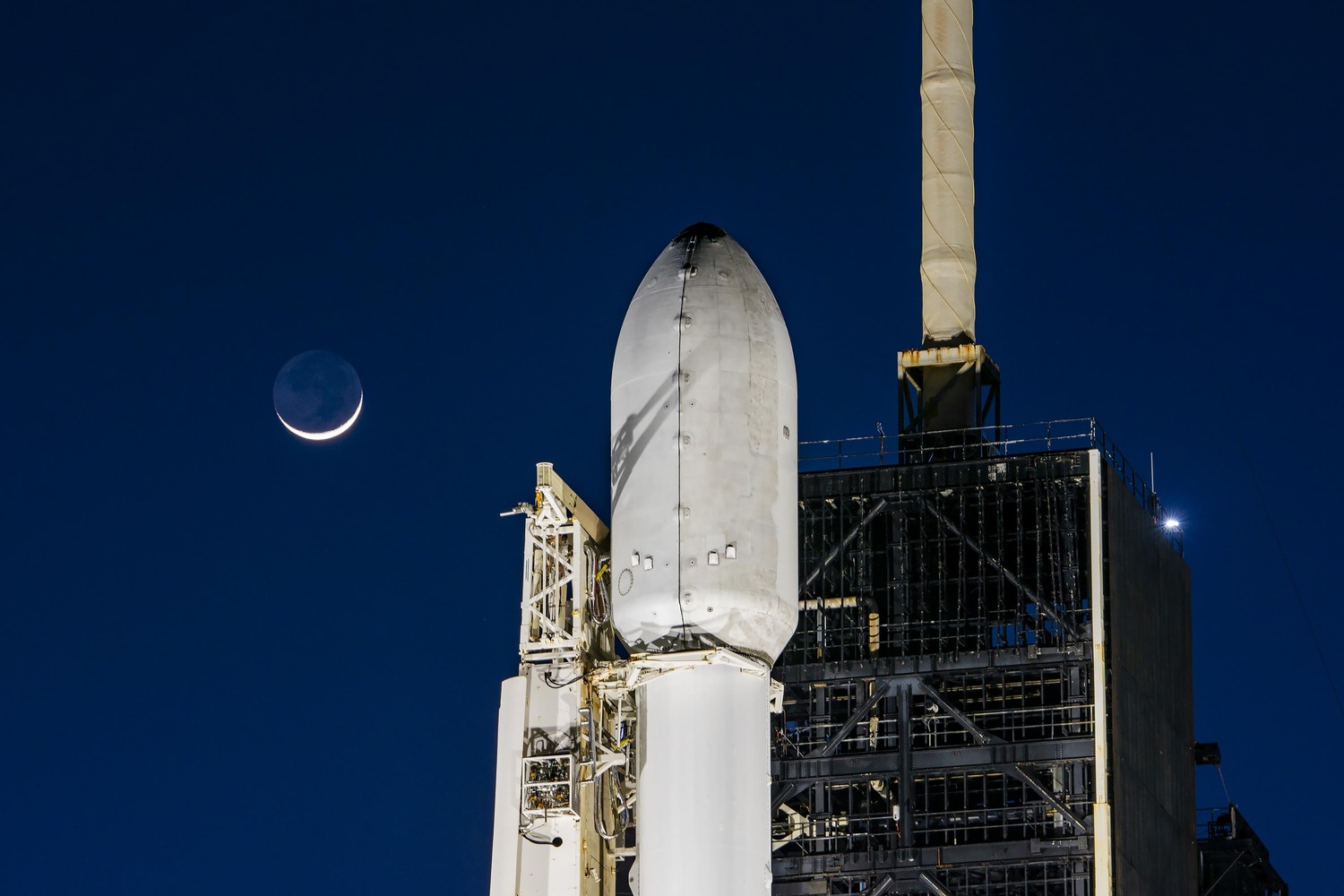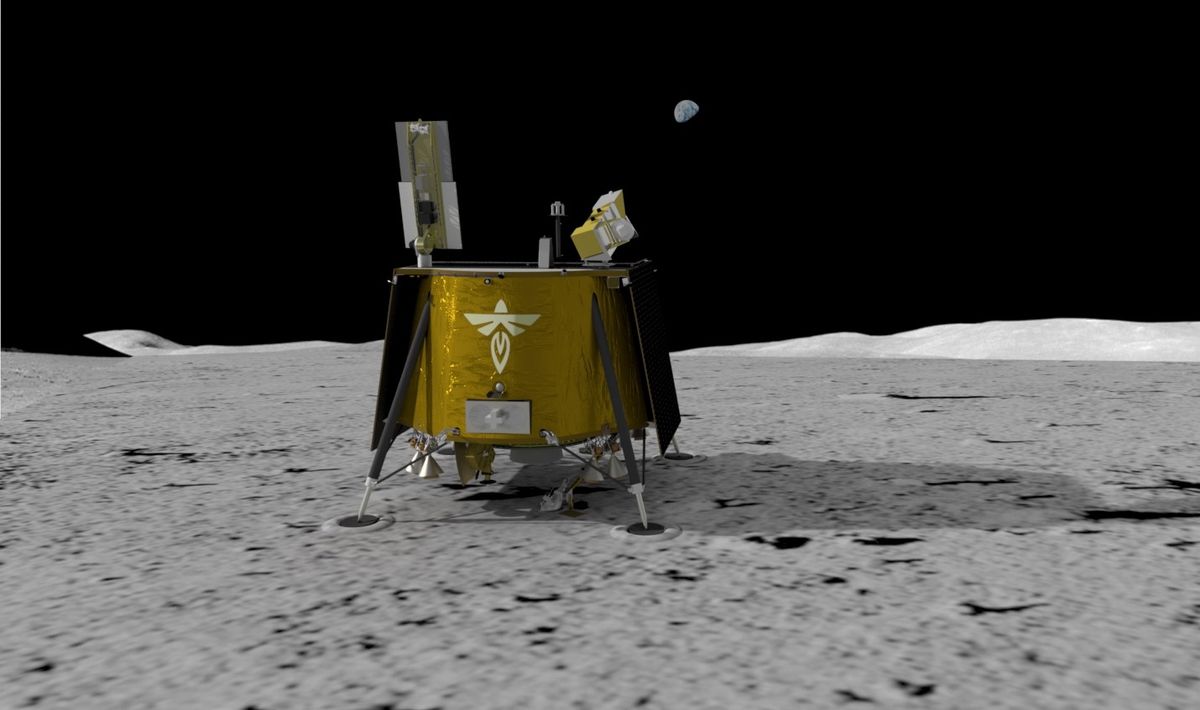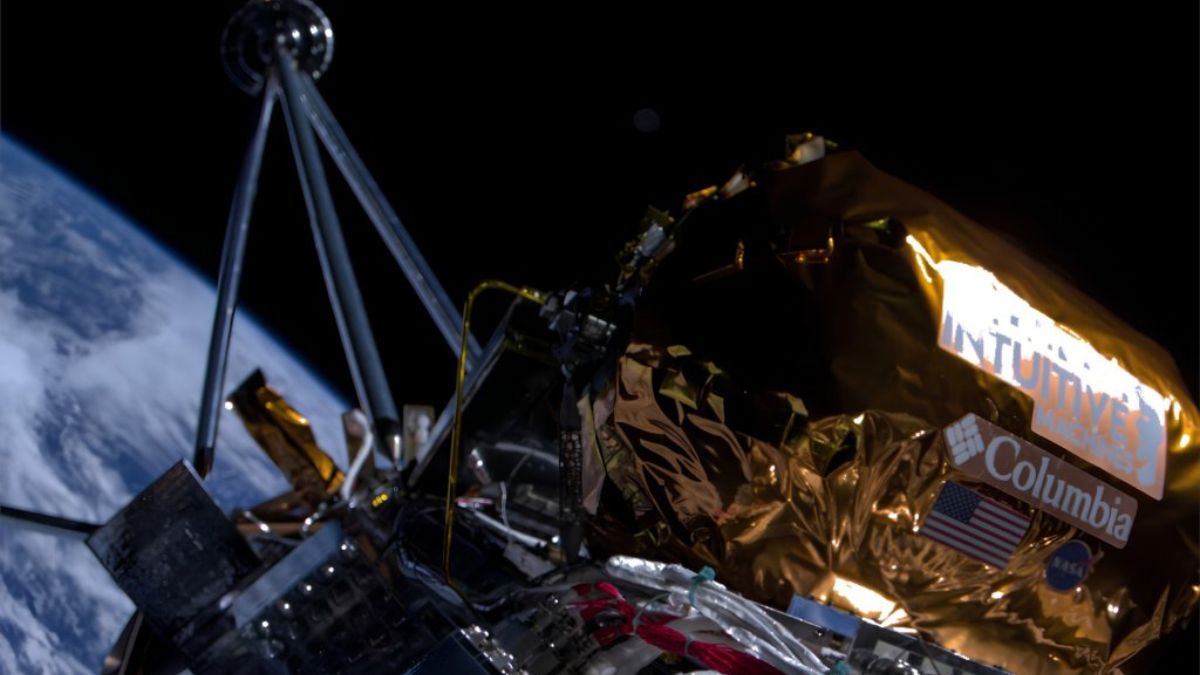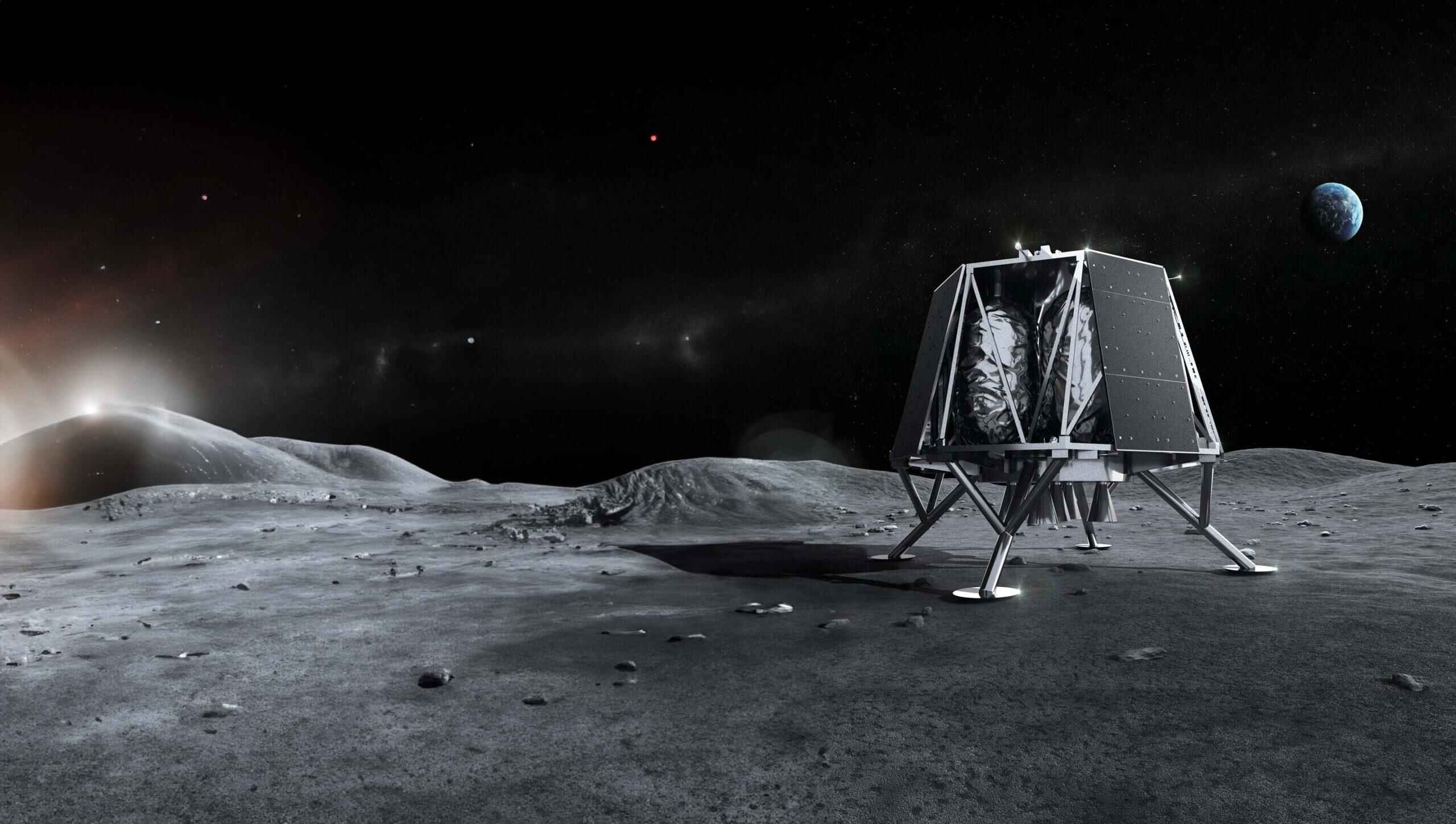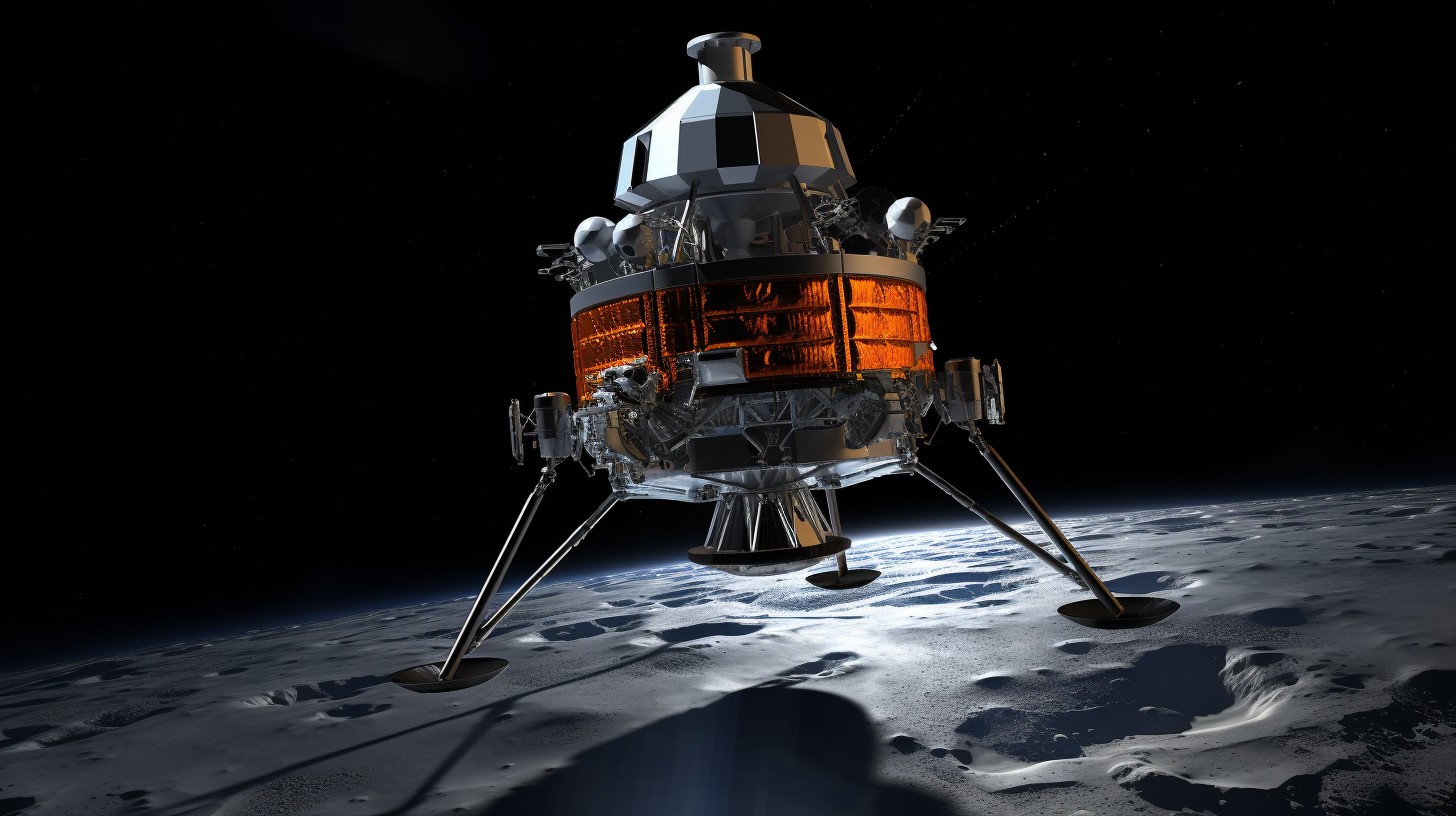Singapore-based company Qosmosys has recently closed an impressive $100 million seed round to develop its innovative lunar lander technology. The startup, which follows a unique and protective funding model, aims to send its ZeusX spacecraft to the moon within the next four years, with a second mission planned for 2029.
Key Takeaway
Singapore-based Qosmosys has raised an impressive
00 million in seed funding to develop its lunar lander technology. The company’s ambitious plans involve sending the ZeusX spacecraft to the moon within four years, with a focus on lunar mining and resource extraction. Qosmosys’ strategic partnerships and commitment to technological innovation position them as a key player in the future of lunar exploration.
Driving Innovations in Lunar Exploration
Qosmosys has attracted significant attention with its ambitious plans to revolutionize lunar exploration. The company’s spacecraft, comprised of a service module, a moon lander, and a lunar integrated bulk extraction rover, will enable the extraction of lunar resources for further exploration. With dimensions of 8 meters in height and 4.2 meters in diameter, the ZeusX spacecraft surpasses similar landers developed by competitors like Firefly, Intuitive Machines, and Astrobotic.
Partnering with Industry Leaders
In preparation for its lunar missions, Qosmosys has strategically partnered with Airbus Defence and Space to leverage their technical design and engineering expertise. This collaboration further enhances Qosmosys’ chances of success in their endeavors. The company’s CEO, François Dubrulle, an experienced aerospace executive, leads the team’s efforts in accomplishing their ambitious goals.
A Focus on Lunar Mining
Lunar mining is at the heart of Qosmosys’ business model, particularly the extraction of essential minerals such as Helium-3. By utilizing innovative technology, the company aims to transport 500 kilograms to lunar orbit and 800 kilograms to the moon’s surface. The potential for extracting valuable resources from the moon presents exciting possibilities for advancements in space exploration.







